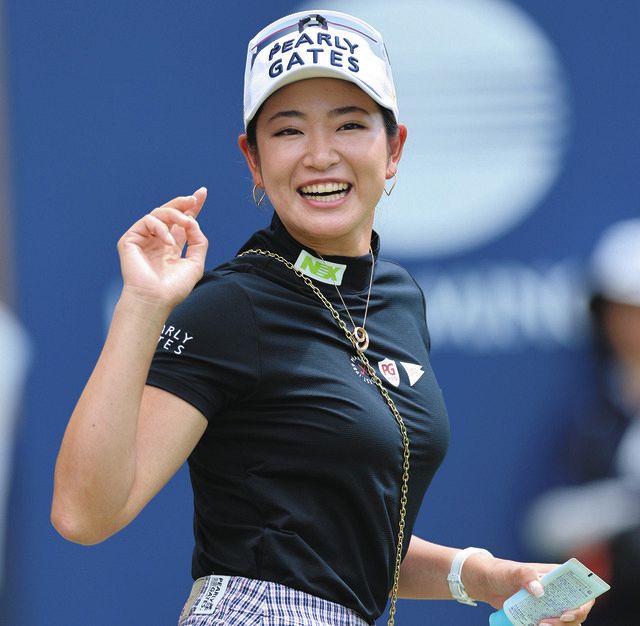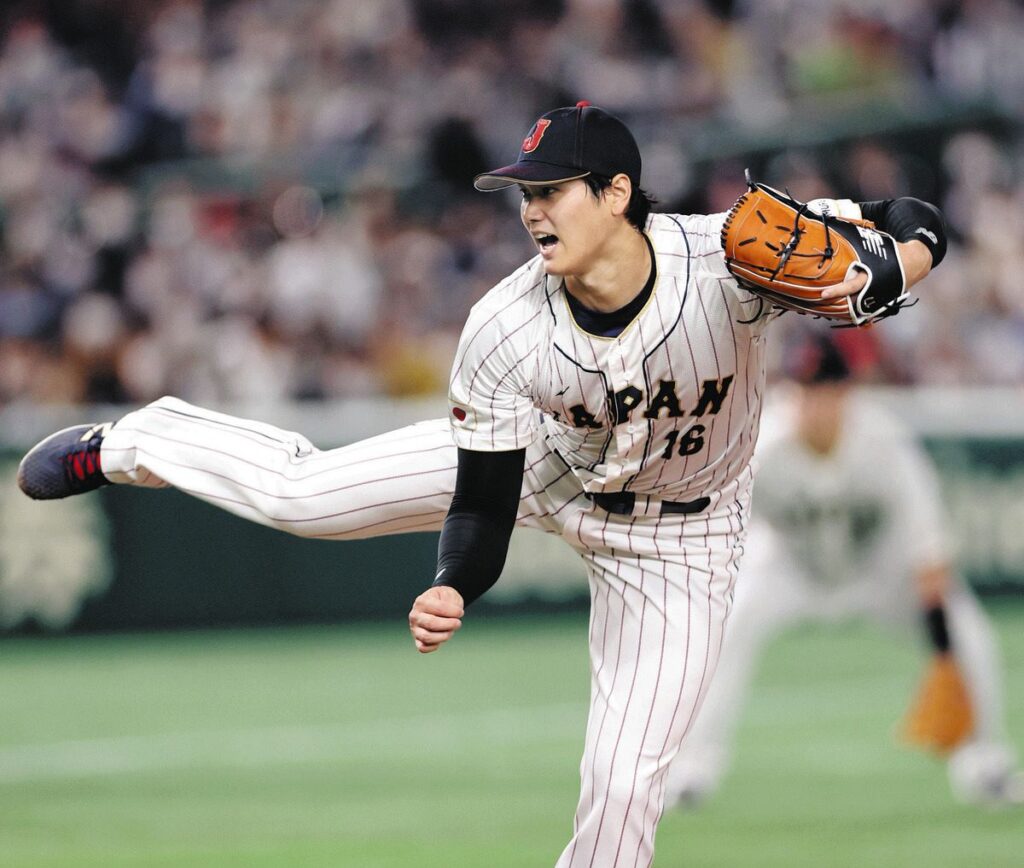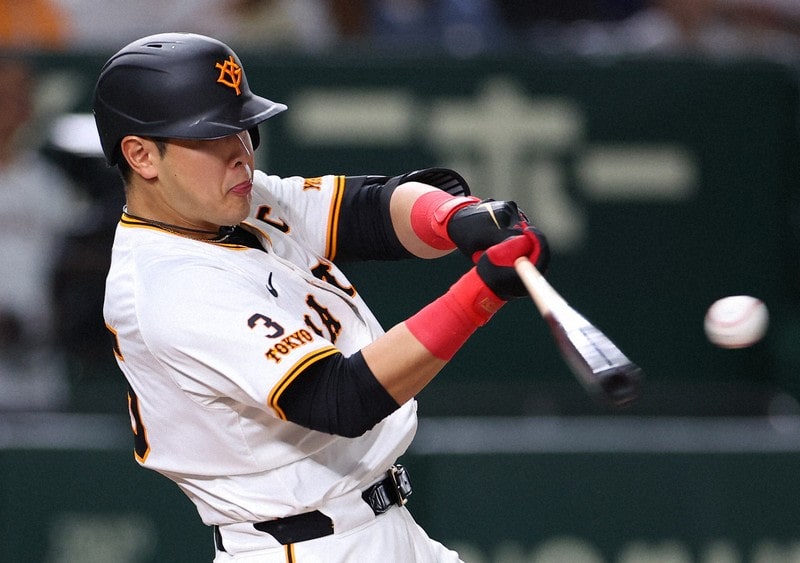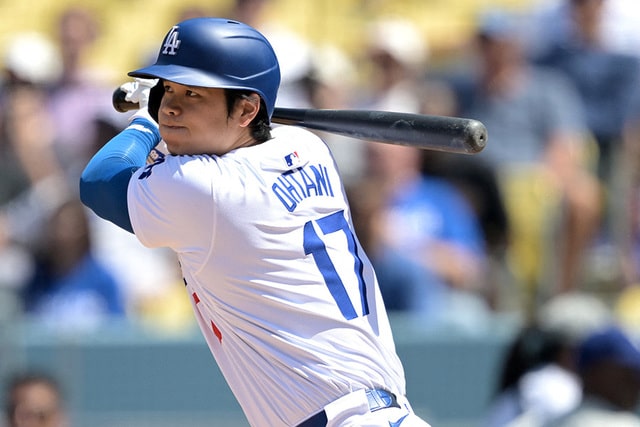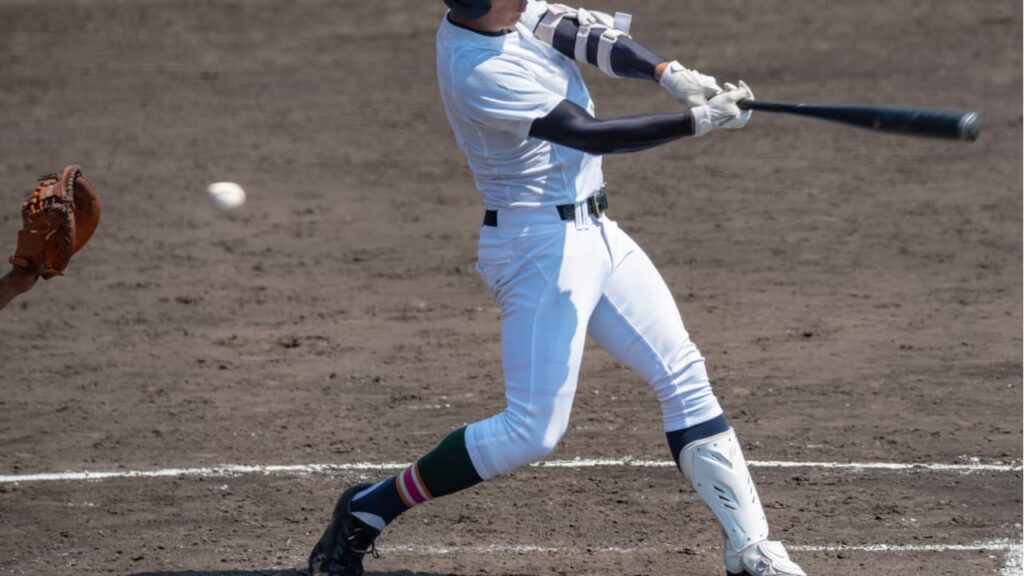
In baseball, a “shoot” is one of the curveballs thrown by a pitcher, and is an important technique for many baseball fans and players.
This pitch has a unique curve and trajectory, and when used effectively, it can be a powerful weapon to strike out batters.
In this article, we will focus on the topic of “shoots” and provide a detailed explanation of everything from the basic overview of the shoot to how to throw it, its effects, its history, and even strategies for dealing with famous pitchers and batters who are good at shoots.
This article contains comprehensive information to help you deepen your understanding of shooting and use it in your actual play, so please make sure to use it as a reference.
目次
What is a baseball shot?
A shoot is a type of curveball thrown by a pitcher that curves inward toward the batter.
For a right-handed pitcher, the bat will curve toward the body when facing a right-handed batter and will curve away to the outside when facing a left-handed batter.
The shoot makes the ball more difficult to hit by moving subtly in the batter’s hand, and has the effect of causing the ball to get jammed or become a grounder.
This pitch has speed close to that of a fastball, but with a unique lateral movement that throws off the batter’s timing.
By combining a shoot with a straight or curveball, you can increase the variety of your pitches and hopefully confuse the batter.
The basics of how to throw a shot
There are several variations in how to throw a shot, but the basic way to throw it is as follows:
-
Grip: The shot grip is usually similar to the straight grip, but the index and middle fingers are slightly offset from the seam of the ball. This grip helps to impart spin to the ball when released.
-
Release point: When shooting, the release point should be high, just like when shooting a straight shot. However, release the ball by cutting it with your fingertips to add a lateral change.
-
Arm swing: When throwing a shot, it is important to swing your arm quickly. Throwing with the same form as a straight pitch will make it harder for the batter to figure out what type of pitch it is.
-
Finger usage: Use your index and middle fingers to give the ball a lateral spin when you release it. This rotation gives the ball a change of direction for your shot.
Repeated practice is essential to throwing an effective shot. It is important to find the throwing style that suits you by adjusting your grip and release point.
History and origin of the shoot
The origins of the shot date back to the early 20th century in America, where it is said to have been first thrown by legendary Major League pitcher Christy Mathewson.
He struck out many batsmen by using his shots effectively and etched his name in history.
In Japan, the shot has been used by many famous pitchers.
In particular, pitchers in the Showa era were skilled at the shoot, and the league’s top aces all made use of this pitch type.
In recent years, the number of pitchers throwing the shoot has increased even in Major League Baseball, and its effectiveness is being reevaluated.
The shoot is widely recognized in the baseball world as one of the most important breaking pitches, alongside the fastball and curveball.
Its unique trajectory and effectiveness make it an indispensable weapon for many pitchers.
We hope that this article will help you better understand shooting and provide you with some useful information for your own practice.
Improve your baseball skills by learning the techniques and history of throwing the shot effectively.
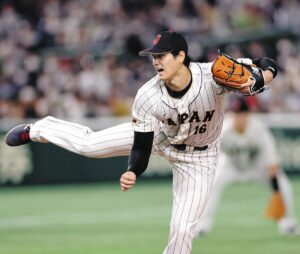
Effects and characteristics of shots
A baseball shoot is one of the curveballs thrown by a pitcher and is known as a powerful weapon that confuses batters.
Let’s take a closer look at its effects and features.
Shot rotation and trajectory
A shoot is a breaking ball that, when thrown by a right-handed pitcher, curves inward toward right-handed batters.
This change is created by adjusting the ball rotation and release point.
Unlike a straight ball, a shoot ball has a lateral spin, so it curves sharply inward as it approaches the batter’s hand.
This rotation depends on the pitcher’s fingertips and grip.
When gripping the ball, place your index and middle fingers on the seams and cut the ball inward when releasing it to add lateral spin.
This rotation causes the ball to change direction laterally, making it more difficult for the batter to hit.
The trajectory of a shoot is similar to that of a straight ball, making it difficult for batters to judge.
When a pitcher throws the ball using the same form as a fastball, it makes it difficult for the batter to predict the shot.
This makes it difficult for the batter to judge the type of pitch until the last moment, making the shoot a very effective curveball.
Advantages and disadvantages of the shot
Although chutes have many advantages, they also have some disadvantages.
The details are as follows:
advantage:
-
Change in pitch at the batter’s hand: The shot changes pitch abruptly at the batter’s hand, making it difficult for the batter to hit. This makes it easier to induce grounders and fly balls.
-
Difficult to distinguish from a straight pitch: A shoot can be thrown with a similar pitching form to a straight pitch, making it difficult for batters to distinguish between the two. This has the effect of throwing off the batter’s timing.
-
Usable in a variety of situations: The shot can be used effectively in a variety of situations, such as when the count is favorable or when there are runners on base.
Disadvantage:
-
Stress on shoulders and elbows: The lateral rotation required to throw a shot can put a lot of strain on the shoulders and elbows. Continuing to throw for long periods of time can increase the risk of injury.
-
Difficulty in control: The change in the shot is difficult to control and can lead to instability, which puts the ball at risk of going outside the strike zone.
-
Reduced Effectiveness for Experienced Hitters: Shots can be less effective for experienced hitters. Once hitters become accustomed to the shot’s trajectory, they are at increased risk of being hit back.
Comparison with other curveballs
The shot has unique characteristics compared to other curveballs.
Below are some of its characteristics compared to the curveball, slider, and changeup.
Compare with the curve:
- Direction of change: A curve bends largely vertically, whereas a shoot bends largely horizontally.
- Velocity: A curveball is usually thrown as a slow ball and has low velocity, whereas a shooter has velocity closer to that of a fastball.
Compared to Slider:
- Change of pitch: A slider curves sharply to the side and moves away from the batter. A shoot curves inward.
- When to use it: The slider is effective when attacking the outside, while the shoot is effective when attacking the inside.
Comparison with the changeup:
- Speed: A changeup is thrown with the same form as a fastball, but it is slower and throws off the timing. A shoot is faster and its change of pace confuses the batter.
- Direction of change: A changeup has little change and is focused on throwing off the batter’s timing, whereas a shoot uses the change of pace itself to strike out the batter.
Understanding the effects and characteristics of the shot will broaden your tactics as a pitcher.
Be sure to master this shot, as it can be a powerful weapon to strike out batters if used properly.

Detailed guide on how to throw a shot
The baseball shoot is one of the most important pitching techniques for confusing the batter. To master this technique, it is important to understand the correct grip, release point, finger usage, and effective practice methods.
This chapter will explain these points in detail.
Detailed guide on how to throw a shot
Correct grip
To throw a shot accurately, it is essential to first learn the correct grip. The grip for a shot is similar to that for a straight shot, but there are subtle differences.
-
Seams of the ball: Grip the ball with your index and middle fingers slightly offset from the seams of the ball. Your index finger should be over the seam and your middle finger should be next to it. This grip helps to impart lateral spin to the ball as you release it.
-
Thumb position: Your thumb should be under the ball and help stabilize it. Your thumb should be over the seam, providing firm support for the ball.
-
Grip strength: The amount of force you use when gripping the shot is also important. If you grip too tightly, the ball’s movement will be weakened, so you need to grip it with moderate force. By gripping it in a relaxed state, you can use the sensation of your fingertips to easily put spin on the ball.
Release point and fingering
The release point and finger placement have a big impact on the shot, and doing this accurately will help you get the most out of your shot.
-
Release point: The release point of the shot should be high, just like a straight shot. When the ball leaves your hand, use your index and middle fingers to cut the ball inward. This action gives the ball a lateral rotation, creating the characteristic change in the swing of the shot.
-
How to use your fingers: When releasing the ball, use your index and middle fingers to cut the ball, which will give the ball a lateral spin. By adjusting the force and angle of your fingertips, you can control the change in the ball’s direction.
-
Arm swing: When throwing a shot, it is important to swing your arm as fast and strongly as when throwing a straight ball. By not changing your form, it will be harder for the batter to predict the shot. This will maximize the effectiveness of the shot.
Practice methods and tips
Throwing a shot effectively requires constant practice. Below are some practice methods and tips for throwing a shot.
-
Wall practice: Practicing your shots against a wall is a good way to check the ball’s rotation and trajectory. Set a target point and focus on throwing accurately.
-
Catch Ball: Play catch with a partner to check your grip and release point. Giving each other feedback will help you improve your throwing form.
-
Bullpen Practice: Practice pitching in the bullpen, checking your release point and how you use your fingers. Receive advice from your coach and improve your pitching.
-
Video analysis: Take a video of your pitch and check your form and release point. Through video analysis, you can clarify your issues and find areas for improvement.
-
Physical training: Physical training is also important to reduce strain on the shoulders and elbows. Stretching and strength training can be incorporated to improve your body’s flexibility and strength.
To master how to throw a shot, it is important to understand the correct grip, release point, finger use, and effective practice methods.
Through continuous practice, you can find the throwing style that works best for you and become a pitcher who can use the shot effectively.

Things to note when shooting
Elbow and shoulder strain
When shooting, the specific movement required to impart lateral rotation to the ball can put a lot of strain on the elbow and shoulder.
The reasons for this and solutions are explained below.
-
Lateral rotation: When you shoot, you add a lateral rotation to the ball by cutting it with your fingertips. This action puts a different load on the muscles and tendons in your elbow and shoulder compared to a normal straight shot, which puts more strain on them.
-
Accumulative strain: Repeated throwing can easily cause accumulated strain on the elbow and shoulder, increasing the risk of injury, especially for young pitchers or those who play a large number of games during the season.
-
Countermeasures: In order to reduce the strain on the elbow and shoulder, it is important to properly manage the number of pitches and get enough rest. It is also effective to incorporate strengthening training to improve the strength and flexibility of the shoulder and elbow.
The importance of pitching form
Proper throwing form is essential to throwing the shot effectively and safely.
Maintaining proper form can reduce strain on your shoulders and elbows and decrease the risk of injury.
-
Consistent form: When throwing a shot, it is important to maintain the same form as when throwing a fastball. Maintaining a consistent form will make it harder for the batter to figure out what type of pitch you are throwing, and it will also reduce strain on your body.
-
Check your release point: Your release point is important to get the most out of your shot. Work with a coach, video analysis and monitor your form to find the right release point.
-
How to use your body: It is important to use your whole body to throw, not just your shoulders and elbows. By using the power of your lower body and throwing with your whole body, you can reduce the strain on your shoulders and elbows.
Stretching and care to prevent injuries
Daily stretching and care are essential to prevent injuries when shooting.
Below are some effective stretching and care methods.
-
Stretching shoulders and elbows: Before and after pitching, stretch your shoulders and elbows to keep your muscles and tendons flexible, especially around the shoulder blades and triceps.
-
Icing: Icing your shoulder or elbow after pitching will reduce inflammation and promote recovery. Icing should be part of your post-pitch routine.
-
Strength training: Strengthening exercises for the shoulders and elbows can help prevent injuries. In particular, training to strengthen the inner muscles is effective. Create an appropriate training menu and perform it regularly.
-
Rest and recovery: It is important to get adequate rest. Pitching consecutively can lead to fatigue and increased risk of injury. Even during the season, it is important to plan rest days and allow your body to recover properly.
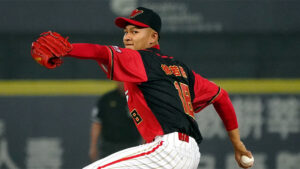
Strategies for mastering the shot
How to use by count
In order to use the shot effectively, it is important to understand how to use the shot at different counts depending on the situation. Below, we will introduce how to use the shot at different counts.
-
First pitch: By using a shooter on the first pitch, you can make the batter aware of your curveball and effectively combine it with a straight pitch or other pitches. Getting a strike on the first pitch gives you an advantage on subsequent pitches.
-
1-0, 2-0 Count: With the count in your favor, using a shot to get a strike is risky, but a careful shot aimed at the corner can draw a foul and even the count.
-
0-2, 1-2 count: When the count is tight, it is effective to use a pitch to strike out the batter. By throwing a pitch high and inside, you can jam the batter or get him to strike out.
-
Full Count: In a full count, use a control-oriented shot and be conscious of the trajectory that escapes into the ball zone to make it easier for the batter to swing.
Pitching that reads the batter’s mind
Reading the batter’s mind is also a key strategy for using the shot effectively.
Below we will introduce how to throw a shot, taking into account the batter’s psychology.
-
Attacking the inside: The slash is very effective for attacking the inside. It is difficult for the batter to react to the inside ball, so you can jam it and force a grounder. Especially against right-handed batters, a slash coming towards the body puts a lot of pressure on them.
-
Outside pitch combination: Throwing a fastball or slider low and outside, followed by a shot high and inside can throw off the batter’s timing and swing trajectory.
-
Combination with changeup: By using a lot of straight pitches and changeups, it is effective to throw off the batter’s timing and use the shoot as a finishing pitch. Since the batter has to adjust to the difference in speed and the trajectory of the change, it becomes more difficult to hit.
Combining shots with other pitches
To get the most out of your shot, it’s important to combine it with other pitches.
Below we will introduce the types of pitches that should be combined with the shot and how to use them.
-
Straight: By combining a shoot and a straight, you can make it difficult for the batter to predict the type of pitch. By throwing with the same form as the straight, you can make it difficult for the batter to predict the change in the shoot.
-
Slider: By combining a slider with a chute, you can show the batter a lateral change of pitch on both sides. By using a low outside slider and a high inside chute, you can significantly change the batter’s swing trajectory.
-
Changeup: Combining it with a changeup is effective in throwing off the batter’s timing by taking advantage of the difference in speed and the trajectory of the change. After breaking the batter’s timing with a changeup, you can use the shoot as a finishing pitch to increase your chances of striking out the batter.
In order to use the shoot effectively, it is important to understand and practice how to use it depending on the count, how to pitch while reading the batter’s mind, and how to combine it with other pitches.
Utilizing these strategies can turn your shot into a powerful weapon and increase your chances of striking out a batter.

A pitcher who excels at shooting
Japan’s famous shooting pitchers
Japan has many excellent pitchers who are good at shooting.
Here are some of the most notable pitchers.
-
Toshiya Sugiuchi: A former ace pitcher for the Fukuoka SoftBank Hawks and Yomiuri Giants, he used his shot pitch skillfully to strike out many batters. Sugiuchi was able to gain an advantage over batters by skillfully using his straight and shot pitches.
-
Yu Darvish: Currently playing in the major leagues, Darvish is also known for throwing a shot, which, when combined with a slider and cutter, makes for a pitch that is very difficult for batters to hit.
-
Yoshinobu Yamamoto: The young ace pitcher for the Orix Buffaloes, Yoshinobu Yamamoto, is also an effective pitcher who uses the strike zone. He uses a high-speed strike zone to attack both inside and outside the strike zone, to the detriment of batters.
Major League Baseball Shootout Pitchers
Even in Major League Baseball, there are many pitchers who use the shoot as a weapon.
Here we will introduce some pitchers who are particularly noteworthy.
-
Greg Maddux: Maddux is one of the pitchers best known for using his pitch. He has used his pitch to throw batters off their timing and win many games. His pitching style is backed up by his control and variety of curveballs.
-
Pedro Martinez: Another MLB Hall of Fame pitcher, Pedro, is also an effective pitcher who uses a fastball and a fastball combination to strike out many batters.
-
Chris Sale: Sale, an active pitcher, also uses the chute as a weapon. His left-handed chute is a very tricky pitch for batters and is effective when attacking the inside of the strike zone.
Their pitching style and how they use the shot
Great pitchers each have their own unique pitching style and use the shot effectively.
Here we will take a closer look at their pitching style and how they use the shot.
-
Toshiya Sugiuchi: Sugiuchi combined a straight pitch with a shooter to give himself an advantage over batters. He made it difficult for batters to determine the type of pitch by stabilizing his release point, and he induced ground balls by attacking the inside of the plate.
-
Greg Maddux: Maddux was known for his outstanding pitching control, and was adept at using a pitcher’s shift to throw the ball off the center of the batter’s bat. He could pitch inside and outside the strike zone with ease, and had a pitching technique that made it difficult for batters to adjust their timing.
-
Yu Darvish: Darvish is a pitcher who uses a variety of curveballs, including the shooter. He combines it with a slider and a cutter to throw off the batter’s timing. By taking advantage of the speed difference with his fastball, he makes it difficult for the batter to respond.
-
Pedro Martinez: Pedro struck out many batters with a combination of fastball and shooter. He threw the shooter without changing the release point, making it difficult for batters to determine the type of pitch and inducing strikeouts.
-
Chris Sale: Sale uses a unique angled pitch from his left arm. He uses both a straight and a pitch, and attacks the inside of the plate to keep batters in check. The change in pitch is particularly effective against left-handed batters.
Great pitchers who excel at the shot have used it effectively with their own pitching style and strategy to strike out many batters.
By studying their techniques and strategies, you will be able to understand how to use the shot effectively and put it into practice.

Batters’ countermeasures against shots
How to judge a shot
In order to judge a shot, it is important for the batter to carefully observe the pitcher’s throwing motion and the ball’s trajectory.
Here are some points to consider when judging a shot:
-
Observe the pitcher’s form: While the form for throwing a shot is almost the same as for a straight shot, there are subtle differences that can make a shot more predictable. For example, pay attention to the pitcher’s arm angle and release point.
-
Seams of the ball: A shot has side spin, so the seams of the ball move differently than a straight shot. Identifying the seams of the ball can help a batter judge a shot.
-
Change in initial movement: Shots often change direction at the hand, so it is important to observe the initial movement of the ball. If the ball moves inwards even a little, it is likely to be a shot.
Batting practice to counter shots
By practicing effectively against shots, batters can improve their ability to respond in matches.
Below we will introduce some hitting practice methods to prepare for shots.
-
Use a pitching machine: It is effective to use a pitching machine to replicate the pitching motion of a shot and practice batting. By adjusting the machine settings to match the shot, you can practice in a realistic situation.
-
Tee batting: Practice tee batting and swinging to match the trajectory of the shot. Pay particular attention to balls that are high and inside, and practice swinging the bat so that you don’t get stuck.
-
Batting practice partner: Practice face-to-face with a real pitcher to improve your ability to respond to shots. By having the pitcher throw the shot and repeatedly practicing batting, you can get a feel that is close to a real game.
Examples of professional players’ shooting strategies
Professional players have their own methods for improving their shots.
Below are some examples:
-
Ichiro: Ichiro, a former major leaguer, had a very good response to shots. He closely observed the pitcher’s pitching movements and was able to identify shots at an early stage. He also had the technique to hold the bat short against high inside shots and make a hit even when the ball was jammed.
-
Mike Trout: Major League superstar Mike Trout responds to shots with quick reactions and a sharp swing. When he anticipates a shot coming, he effectively responds by stepping in early and taking the ball the other way.
-
Hideki Matsui: Former major leaguer Hideki Matsui was also good at responding to shots. When he predicted a shot was coming, he would wait without opening his body, pull the ball in tight, and then swing, allowing him to return the shot.
To prepare for the shot, it is important for batters to learn how to identify it, practice batting, and learn from examples from professional players.
By implementing these strategies, you can improve your shot response and lead to success in matches.
